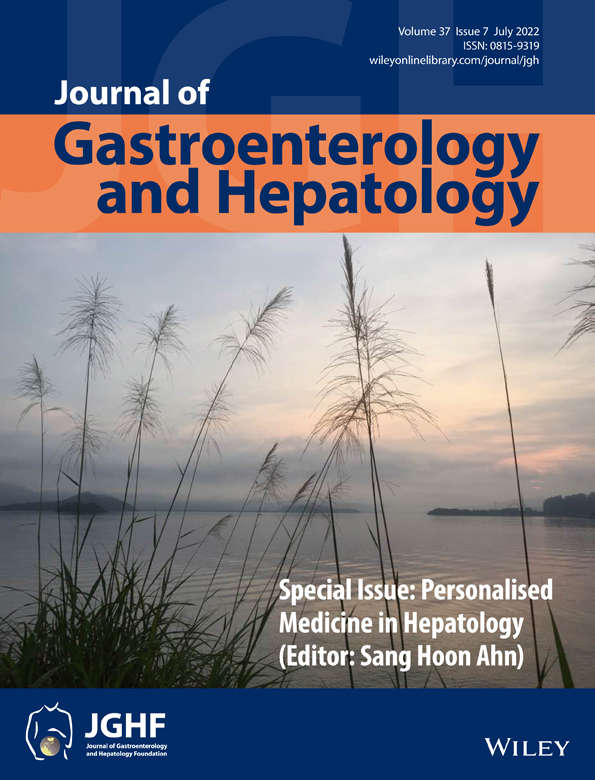Factors associated with prolonged cecal insertion time in patients undergoing water exchange colonoscopy
Declaration of conflict of interest: The authors declare that there is no conflict of interest.
Author contribution: CWT and YHH defined the research theme, designed methods, carried out the study, interpreted the results, and wrote the paper. MK analyzed the data and revised the manuscript. All authors revised the manuscript critically for important intellectual content, and all authors read and approved the final version to be published.
Ethical approval: The study was approved by the Institutional Review Board of Dalin Tzu Chi Hospital (Approval Number B11004011).
Financial support: The study was supported by research fund from the Dalin Tzu Chi Hospital, Buddhist Tzu Chi Medical Foundation [DTCRD 108-I-06] and Buddhist Tzu Chi Medical Foundation [TCMF-A110-07; TCMF-A 107-02-09(111)].
Abstract
Background and Aim
Water exchange is superior to air insufflation in reducing discomfort and increasing adenoma detection during colonoscopy. However, prolonged cecal insertion time is a drawback. This study aims to investigate the factors affecting cecal insertion during water exchange colonoscopy.
Methods
We pooled data from five randomized clinical trials that included patients undergoing water exchange colonoscopy. Logistic analysis was performed to determine the independent factors associated with prolonged cecal insertion time (> 15 min).
Results
The cohort included 912 patients (493 men and 419 women) with a median age of 57 years (interquartile range, 49–64 years). The median cecal insertion time was 13.5 min (interquartile range, 10.9–17.0 min). Multivariate logistic regression analysis indicated that female sex, body mass index < 25 kg/m2, a history of constipation, no sedation, less experienced endoscopist, Boston Bowel Preparation Scale score ≤ 6, infused water volume during insertion ≥ 1000 mL, and scope length at the cecum ≥ 85 cm were associated with prolonged cecal insertion time. With increasing volume of infused water (1000–2000 mL), the median cecal insertion time increased gradually from 11.4 to 23.0 min (P < 0.001).
Conclusions
The current study identified independent factors associated with prolonged cecal insertion time during water exchange colonoscopy. Several factors are modifiable to achieve a shorter insertion time, including better bowel preparation, the use of sedation, more experienced endoscopist, infusing less water during insertion, and maintaining a shorter scope length.




